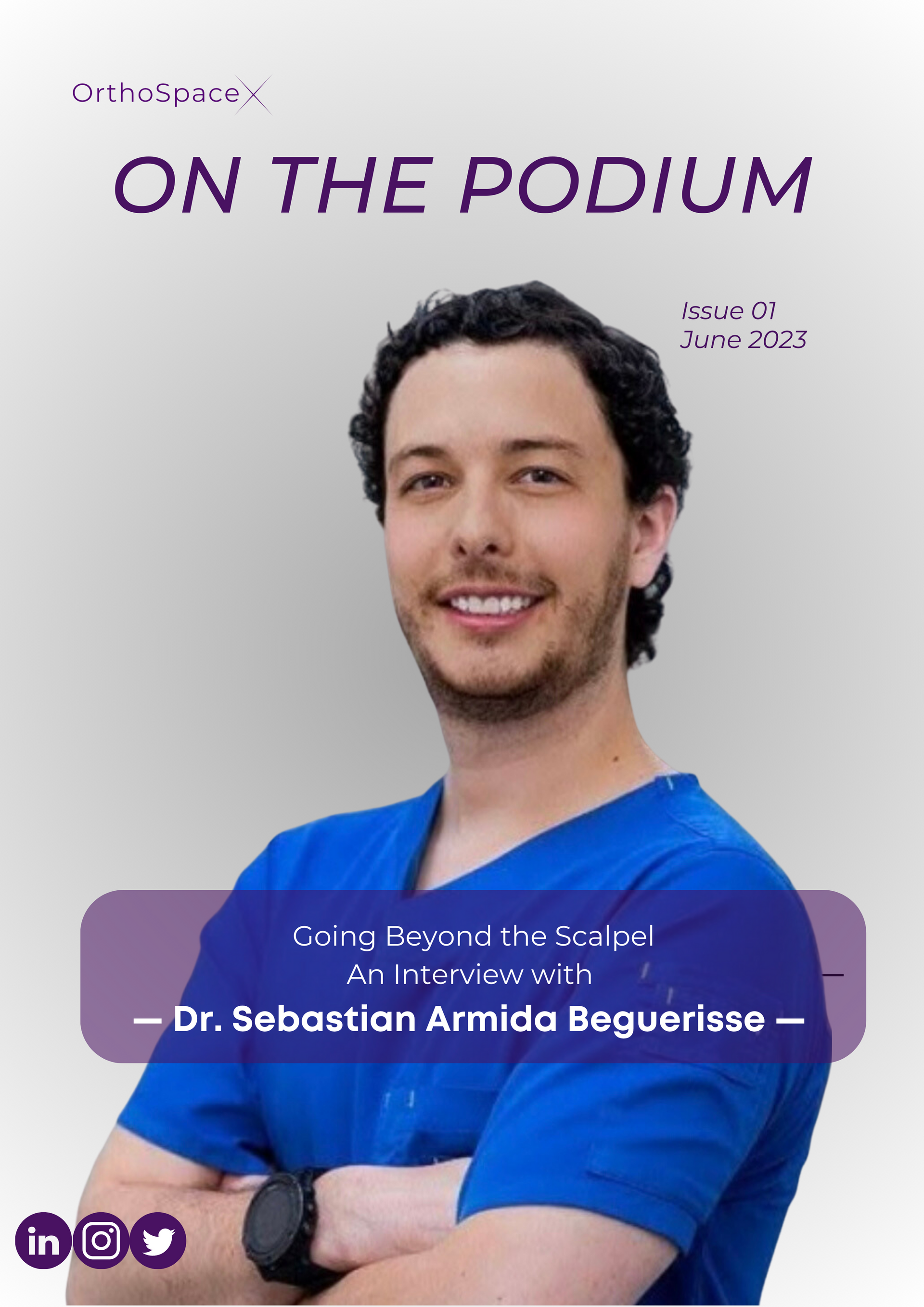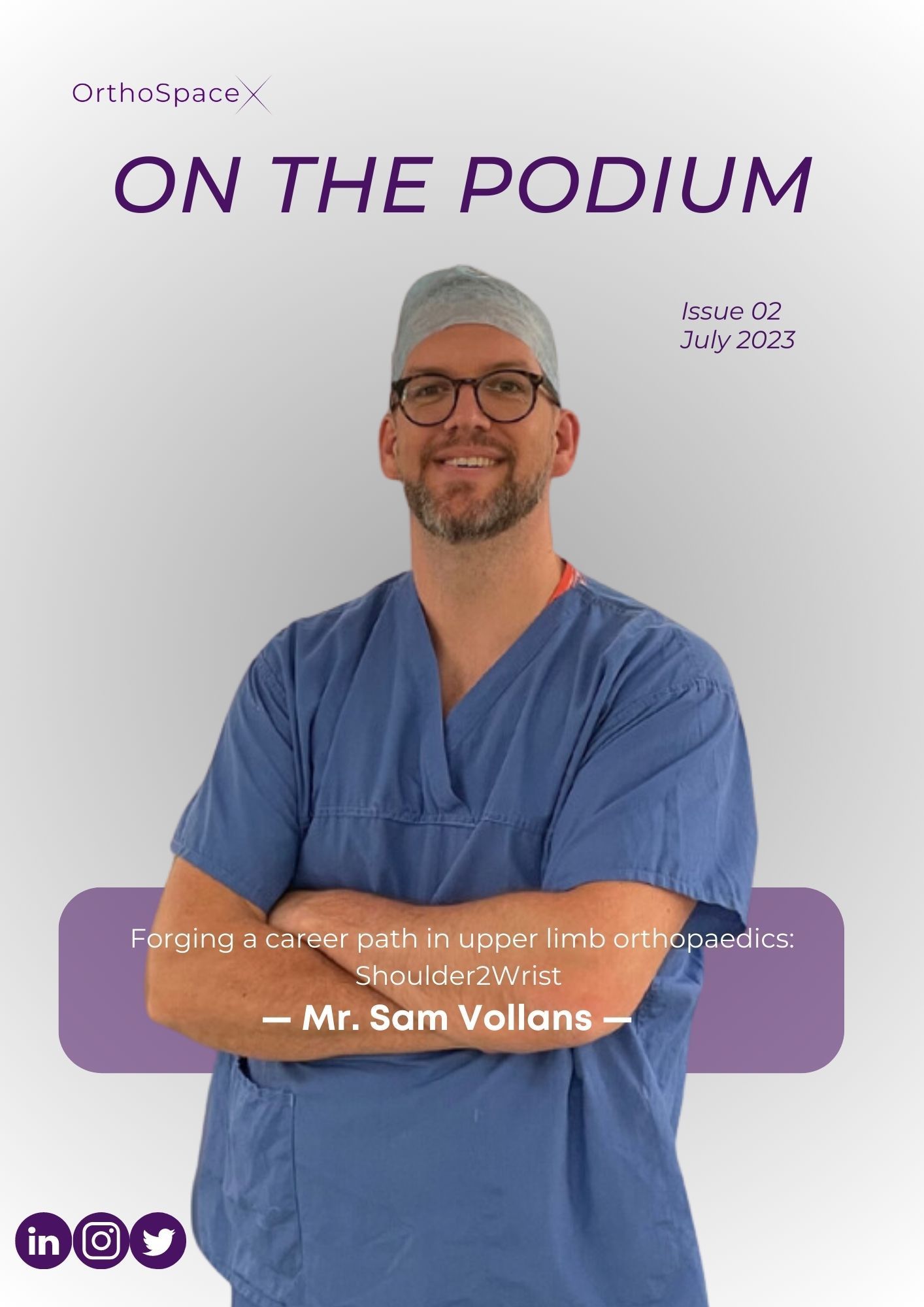Going Beyond the Scalpel
An Interview with Dr. Sebastian Armida Beguerisse.
Issue 01, June 2023.
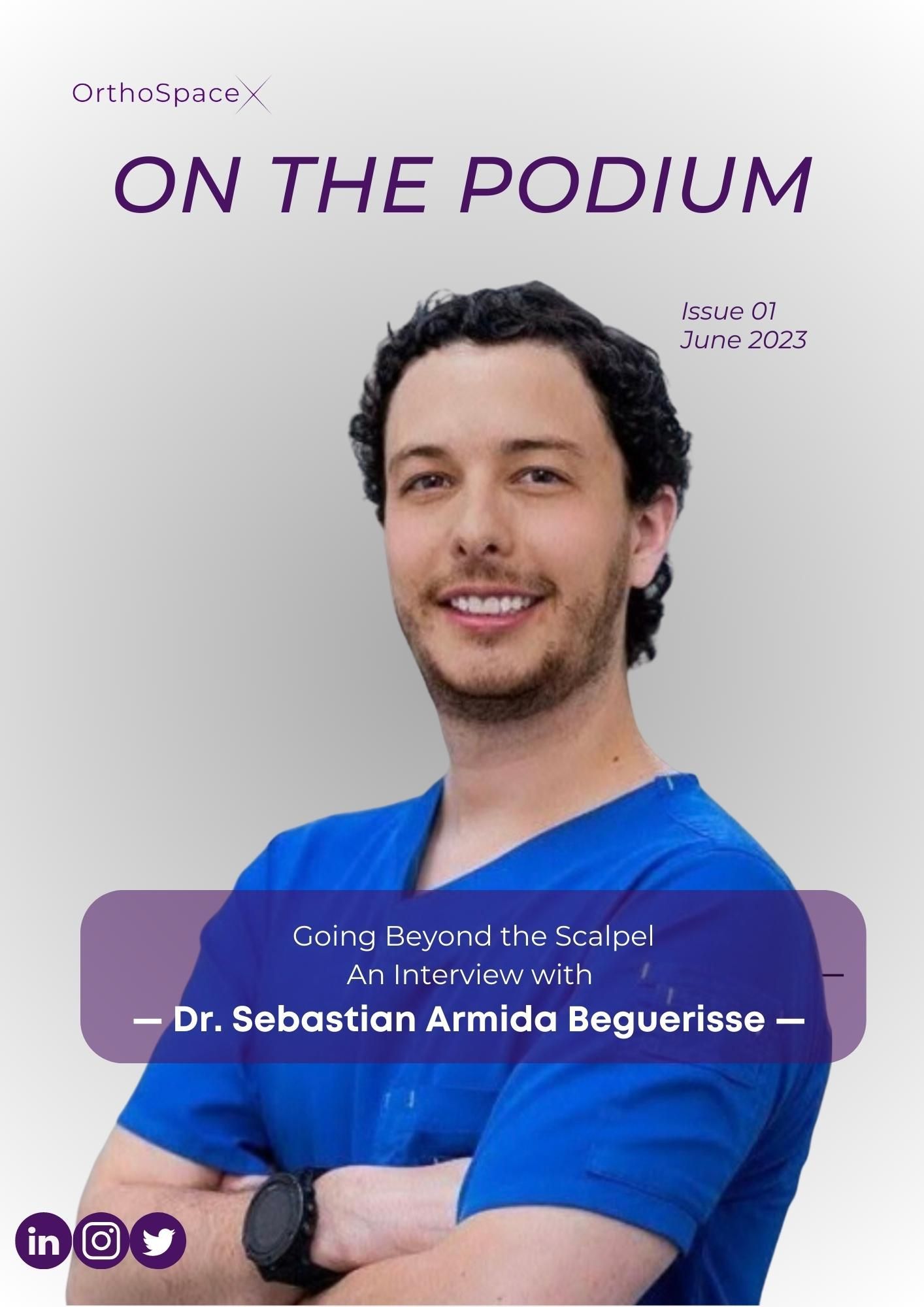
Can you tell us about your experience as an orthopaedic surgeon in Mexico and what drew you to this field?
Being an orthopaedic surgeon in Mexico is quite a dichotomy. I have a very diverse population with different cultures, beliefs, and lifestyles. As an orthopaedic surgeon, we must be able to treat young and old athletes and sedentary patients. Always looking for the optimal result in our patients, we must be empathic and know what they expect from us. I have a fellowship in Sports Medicine and Sports Surgery, and we have special training among other orthopaedic surgeons. When treating athletes, our focus is on early mobilization and return to sport. The use of casts is increasingly disappearing in favor of new and better treatments.
So, what drew me to the field? Well, personal experience. Around 2007, I was on my way to making the Olympic archery team. My trainer told me to focus on London 2012 rather than Beijing 2008. I used to train for three hours daily and then hit the gym for a couple of hours or even more. And before my young self knew better, I was clearly overdoing it and unfortunately injured my shoulder. I had to undergo surgery and lost momentum. Although my shoulder works perfectly, I never fully recovered my pre-injury level and had to say goodbye to the Olympics. But since then, I have been fascinated by orthopaedics and medicine. That is what drove me to go to med school in the first place, and I always wanted to become an orthopedic surgeon.
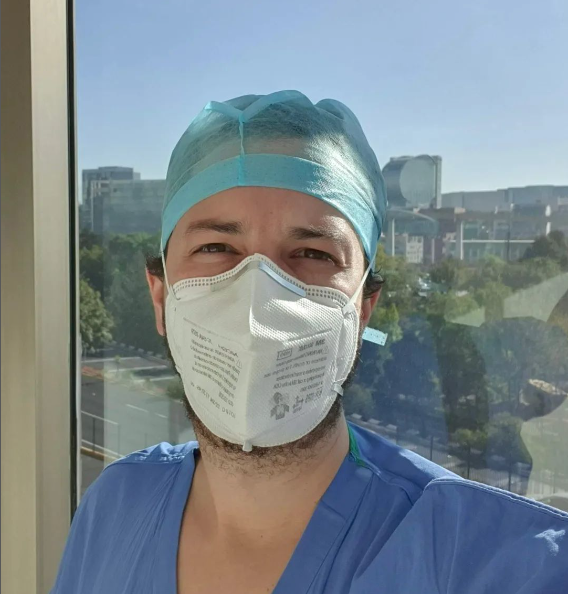
You have trained in various countries, including Spain with Dr. Alfonso del Corral, the former medical director of Real Madrid medical services. How have these international experiences shaped your perspective on orthopaedic surgery, and what lessons have you brought back to your practice?
Working with Dr. Alfonso del Corral was one of the best experiences. I got to learn first hand from one of the best orthopaedic surgeons in the world. This was one of my first real-world experiences treating professional athletes of the highest caliber. I learned many surgical techniques and in-office procedures which I still apply today in my practice.
A clear highlight is the percutaneous procedure for Achilles tendon rupture. Having remarkable results, I can say that I am one of the few surgeons in Mexico who knows and uses this procedure. And, might I add, most of the other surgeons who perform this procedure were taught by me. This was also when I learned about the use of orthobiologics. Since then, I completed a Masters on it and use them in some way or another in most of my procedures.
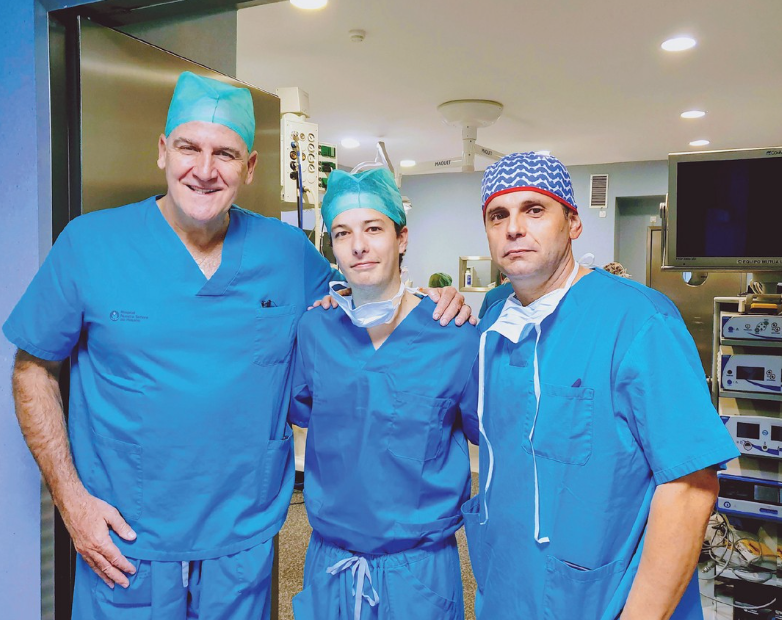
You have been involved in various research projects related to sports medicine and arthroscopy. Can you share any details about these projects and what you have achieved through them?
I cannot share many details on some of them since they are still ongoing! I have done research, especially on ACL injuries and their treatment. I was able to demonstrate that waiting at least a month while going to physical therapy yields better outcomes after surgery. This is quite important because many patients demand immediate treatment.
I can also talk about a research project regarding rotator cuff injuries in the working population. With this, we were able to determine what kind of jobs, other than those already described in past literature, were at a higher risk of having this type of injury. Since then, if I identify a patient in the risk group, my treatment always includes prehabilitation.
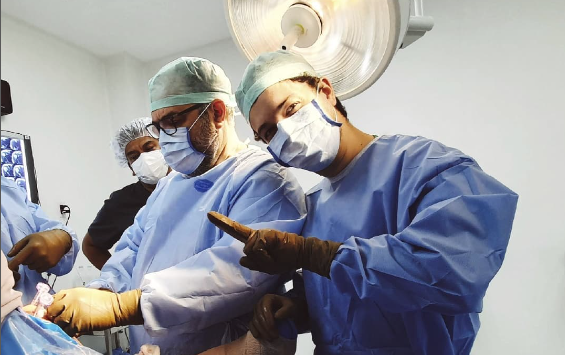
Can you discuss some of the different surgical techniques that you use when performing knee arthroscopy, and how do you determine which technique to use for a given patient?
There are many procedures we can now perform with arthroscopy. The first thing we need to know is what kind of injury we are dealing with. The most common ones found in the knee are ligament, meniscal, and chondral injuries.
In a broad sense, there are two things we can do with these injuries. We can perform a repair, in which we take the injured tissue and mend it either with sutures or ultrasound frequency. The second option is a plasty or replacement, which is mostly done on ligaments or chondral defects. To decide which technique to use, I must individualize the treatment for each patient. There is no one-size-fits-all approach. In most cases, we use a combination of procedures in different ways to achieve the best result.
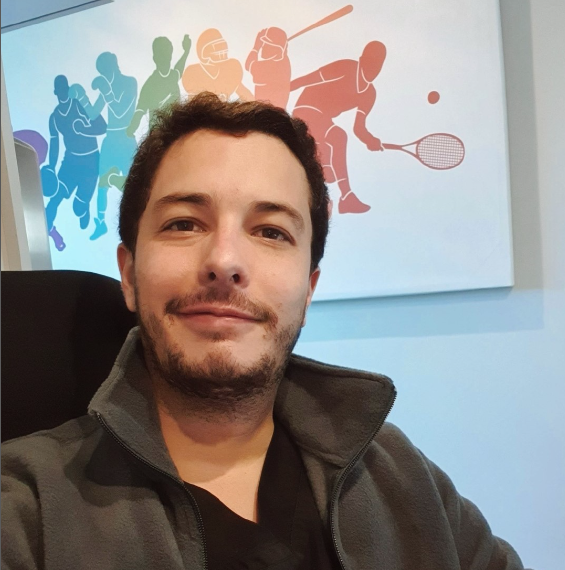
What advice do you have for young orthopaedic surgeons starting out in the field?
This is a piece of advice I have given to many med students over the years. I always tell them that if they are going to lose sleep, they should do it at the cost of seeing their friends and family, not medicine or work. Medicine is a very demanding way of life, and it's easy to get lost in a study-work-sleep cycle. But family and friends are of the utmost importance if we are going to succeed.
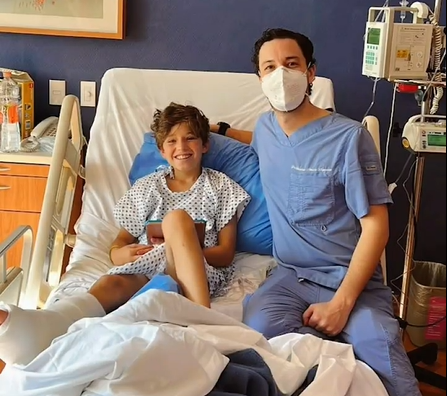
What are some of the most common sports injuries that you see in your practice, and what are some effective treatment options for these injuries?
There are a great deal of different injuries in orthopaedics. The most common ones I see in my office are sprains, strains, fractures, knee injuries, and shoulder injuries. Injuries that do not require surgery will almost always follow a similar treatment plan. The most important and current treatment involves a series of special exercises for the specific type of injury. I would also add non-steroidal anti-inflammatories, cryo or heat therapy. If I am treating a fracture, then we have to immobilize it for a determined period of time.
How do you balance the demands of your clinical practice with your other professional and personal commitments, and what strategies do you use to maintain work-life balance?
This is quite hard because the orthopaedic lifestyle is quite demanding. I do have scheduled times for consultations and surgery during the week and usually try to have the weekends off. But sometimes, time is not my own, and I can be called at any time for an emergency. Fractures and injuries do not wait for you. I have sometimes had to leave weddings or family reunions and get to the hospital ASAP. During my free time, I try to do as much as I can, including exercising and spending time with my family and friends. Occasionally, I try to get away from the city and relax for a few days. I would like to take this opportunity to thank my family and friends because they are very understanding of what I do.
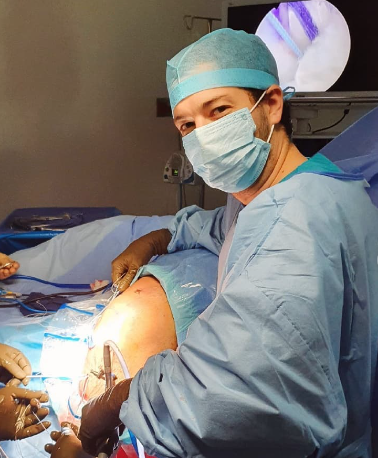
What do you see as the biggest challenges facing the field of orthopaedic surgery in the next decade, and how do you plan to stay at the forefront of these changes?
There are two major challenges facing orthopaedic surgeons in the coming years. The first one is the great popularization of exercise. This is great, but it also means a significant increase in injuries. Some people don't realize they can go to an orthopaedic surgeon even before an injury and receive special tips, tricks, and prehabilitation treatments to prevent them. I have been trying to promote this for a while! The second challenge goes in a different direction, and that is the growing population with advanced age. This means that we will see an increasing number of degenerative diseases like arthrosis, massive rotator cuff tears, and fragility fractures. It is crucial that we come up with strategies that will help patients avoid these conditions.
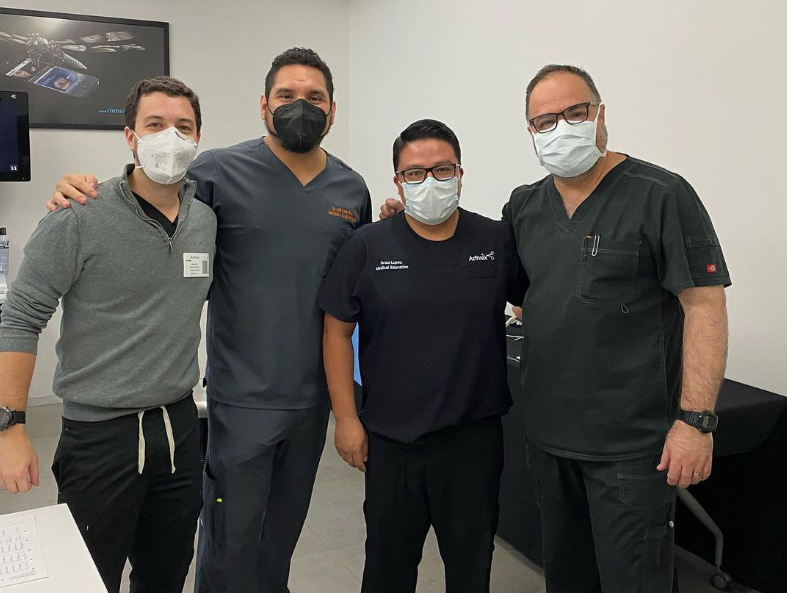
What are some of the most promising advances in sports medicine and arthroscopy, and how do you stay up-to-date on the latest developments in your field?
The future has already caught up with us. As you may have realized from my previous answers, I'm a big promoter of prevention, even if it means fewer surgeries for me. One of the biggest advancements in sports medicine is genetic tests. Yes, like the famous "find your ancestors" tests, there are special tests you can take that will allow you to know what kind of injuries you are prone to. Knowing this is a game changer; we can help recreational athletes modify their routines and provide them with prehabilitation to avoid injuries. We can also assist high-yield and professional athletes in improving their performance with these tests. Another significant advancement in orthopaedic surgery is the use of robots during surgery to help the surgeon be as precise as possible. As of today, the robots on the market are primarily focused on knee, hip, and shoulder joint replacement. However, I can see in the near future that robots will become more specialized and used in all kinds of procedures. It is always important to stay updated with innovative technologies, techniques, and research. As one of my mentors used to say, "A doctor who stops studying is not a doctor anymore."
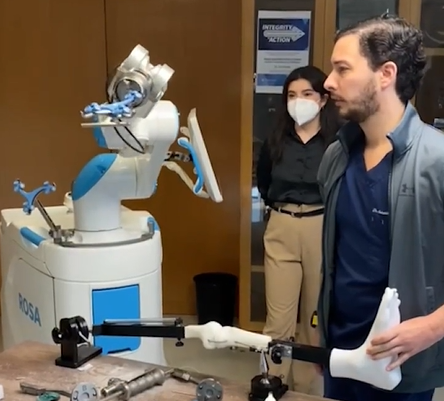
In your experience, how has the prevalence of ACL reconstruction versus repair changed over time, and what do you see as the future of these treatments for patients with ACL injuries?
In the past couple of years, we have seen a significant rise in the repair of ACL versus reconstruction. Although reconstruction still remains more prevalent, this shift is due to the type of injuries we commonly see in the ACL. Typically, an ACL ruptures around the mid-portion of the ligament, which is due to its anatomy and vascularization. For us to perform a repair, we need the rupture to take place in the proximal area of the ligament near the femoral insertion. Looking into the future, I hope to find the best ligament replacement. As of today, we have different grafts, either harvested from the patient's own body (e.g., quadriceps) or allografts from donors, and even some synthetic grafts. However, even in 2023, none of these options are perfect. I'm sure that in the near future, technology will catch up to our needs, and we will have a synthetic graft that prevents patient morbidity from the donor site. This graft should be strong enough to withstand the applied forces and should not cause any adverse reactions or damage to surrounding tissue and bone.
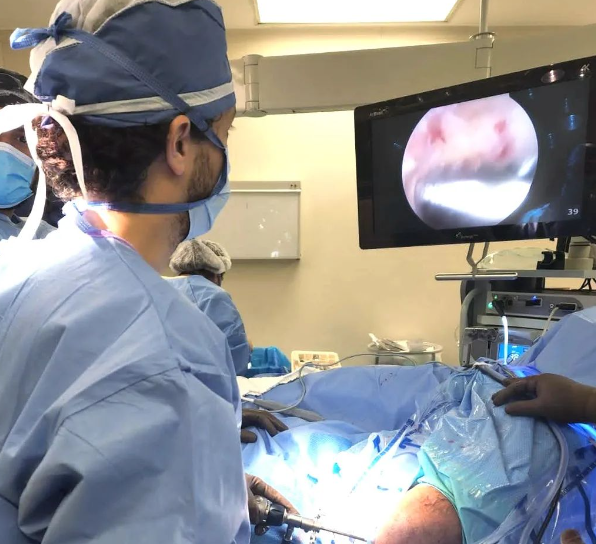
We would like to thank Dr. Sebastian Armida for his time and insight .
To download this issue of On The Podium, click below.

Sign up to On The Podium. The latest insights and inspiration from orthopaedic specialists around the globe sent straight to your inbox.
On The Podium
The newsletter brought to you by OrthoSpaceX
| Engage with Orthopaedic Leaders | Exclusive orthopaedic insight | |
| Stay Ahead in Orthopaedic Advancements | Uncover Surgical Innovations | |
| Empower Your Orthopaedic Knowledge | Unlock the Minds of Orthopaedic Specialists |

